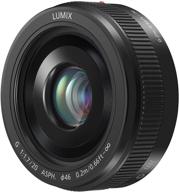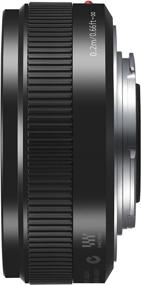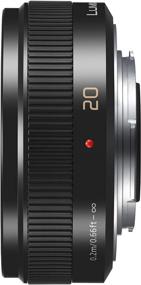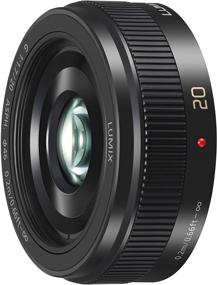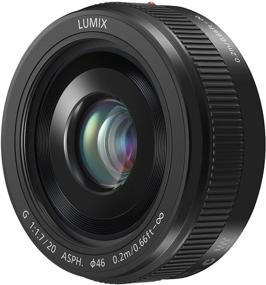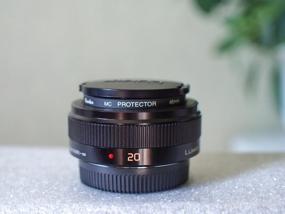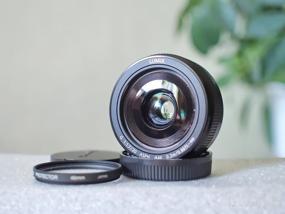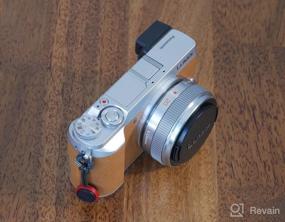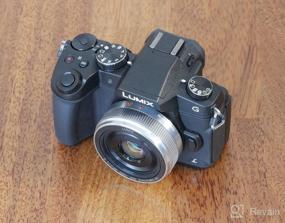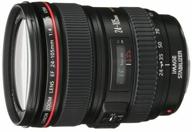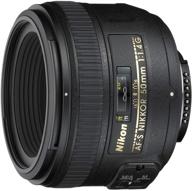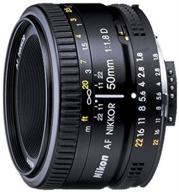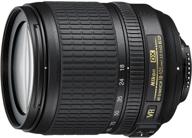- The smallest MFT lens with aperture wider than 2.0. Cutting Case included
- Makes a lot of noise Many times slower than many other MFT lenses External focus Not all weather Sucks in the dust Sometimes problems with contrast No original hood included Of the four focus modes provided in the cameras - AFS, AFF, AFC, MF, for 20/1.7 II only two are available - single and manual.


